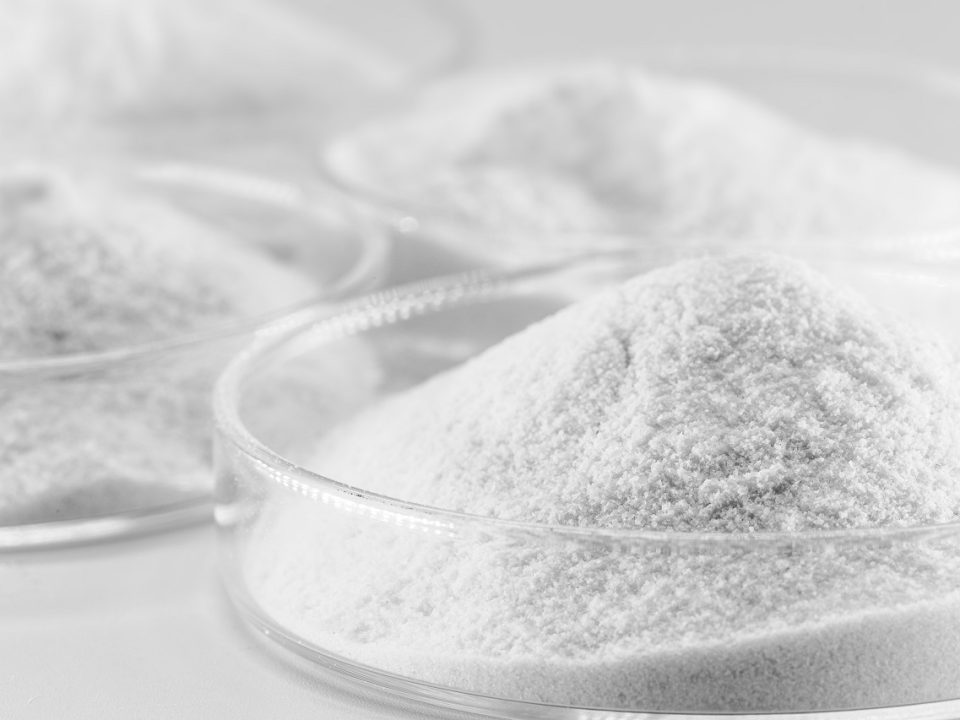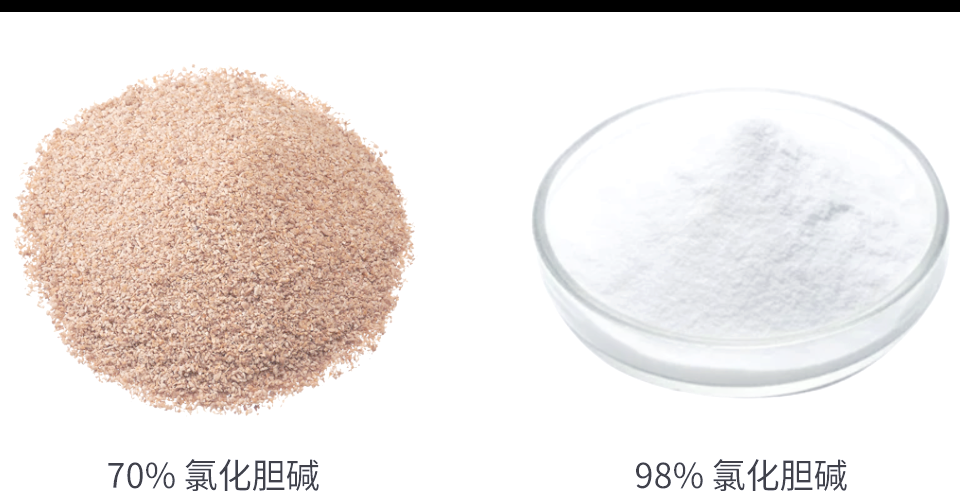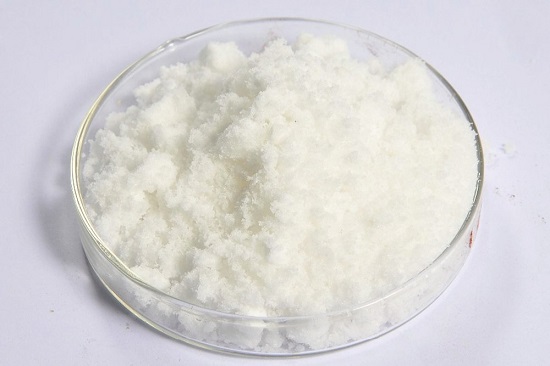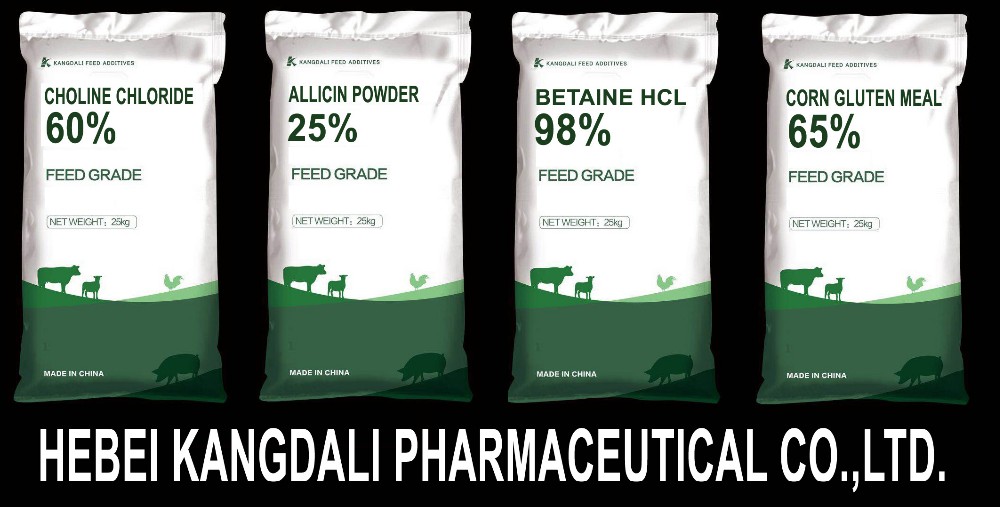Effects of Choline Chloride on Photosynthetic Performance and Growth of Wheat
Steel pipe Knowledge for feed additive factory construction
April 11, 2023
choline chloride hydrophobic or hydrophilic with water Research ?
November 21, 2023
Summary:
The results of pot and field experiments showed that the chlorophyll content of wheat leaves after spraying the effective concentration range (200-500ppm) of choline chloride (CC) increased slightly, and the Hill reaction and photosynthetic rate increased: promoting the acyclic growth of free chloroplasts. Photosynthetic electron transfer activity; chloroplast development improved; Ca(2+)-ATPase and Ma(2+)-ATPase activities both increased; normal respiratory metabolism was not affected. However, the activity of glycolate oxidase, the key enzyme of photorespiration, is reduced, which is beneficial to the improvement of photosynthesis. It has no obvious effect on the plant height of wheat in the field, but the leaf area is significantly increased, the functional leaf life is prolonged; the thousand-grain weight and plot yield are increased; there is no obvious effect on the nitrogen content, protein, crude fat and other contents of the grain, but the total sugar content is significantly increased. This paper discusses the reasons why CC promotes the photosynthetic performance of wheat and the effective concentration.





